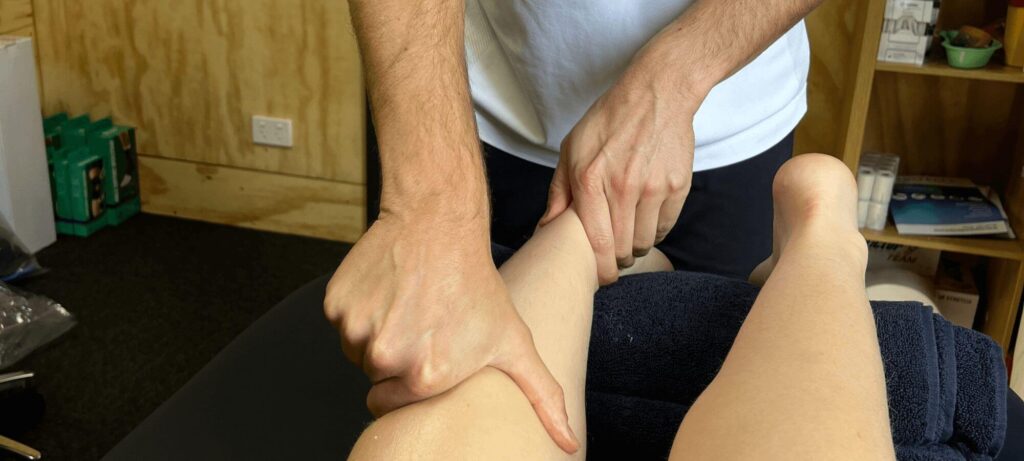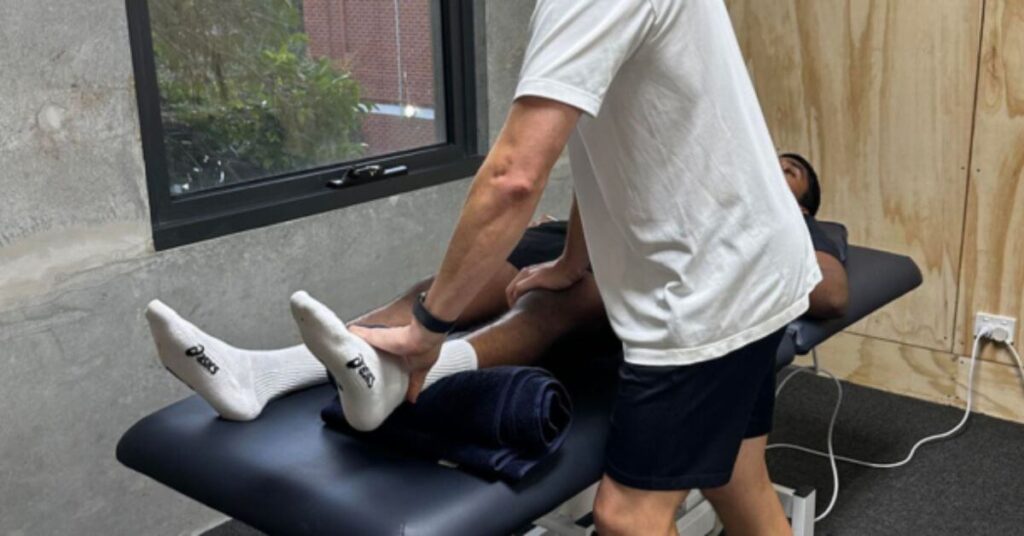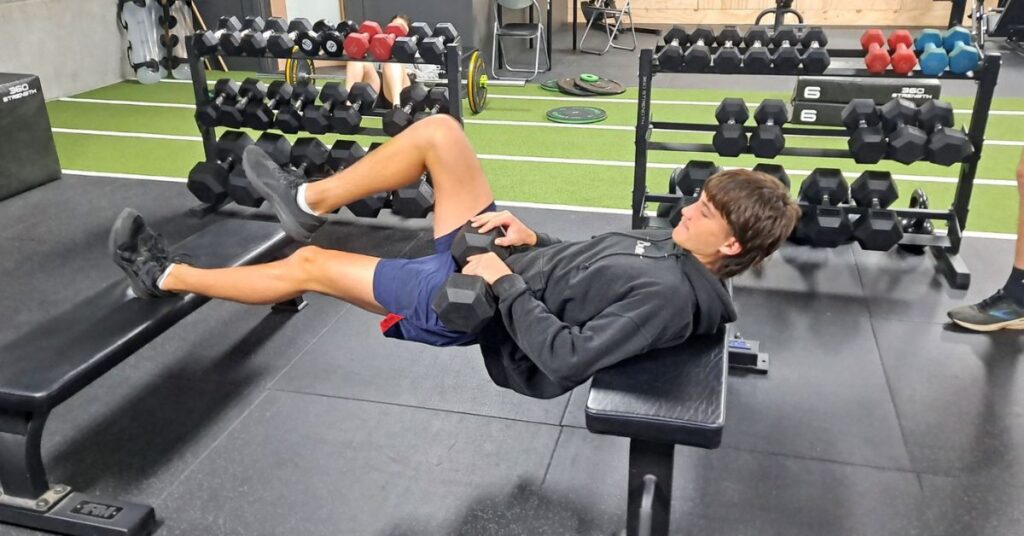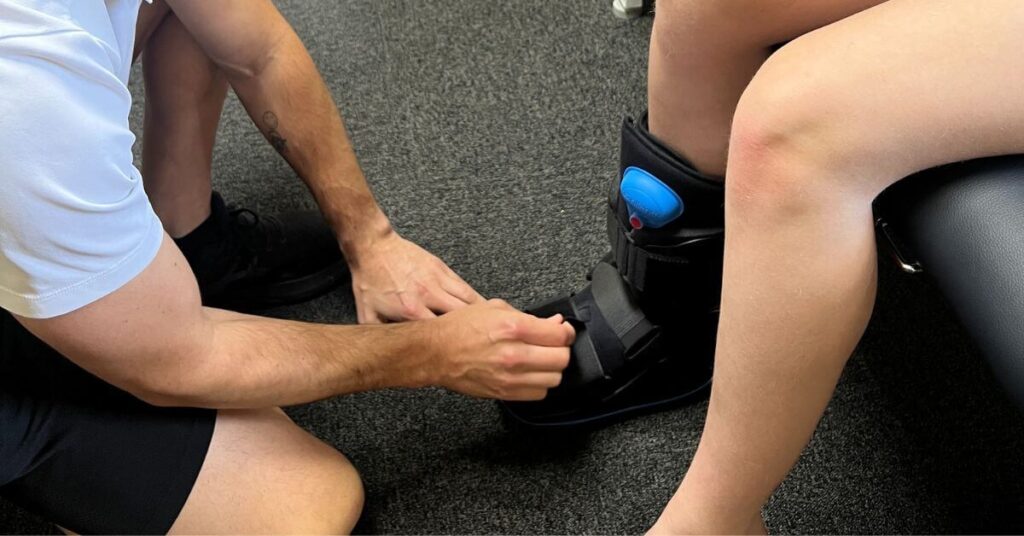A Guide to Shin Splints or Medial Tibial Stress Syndrome

I’ve clocked countless miles on the track, pounded the pavement, and sweated through rigorous training sessions. It’s not only about winning and setting personal records. It is about the difficulties we encounter on the journey, such as the persistent soreness in our lower legs. ‘Shin splints’ is a term you’ve undoubtedly heard before, and if you’re anything like me, you’ve probably also had them. So let’s explore what a shin splint is specifically, what causes it, and—most importantly—how to get rid of it.
What are shin splints?
Medial tibial stress syndrome (MTSS), commonly referred to as shin splints, is an overuse condition sustained by individuals performing recurrent impact exercises. It’s particularly prevalent in running populations, with up to 70% of runners having experienced the injury.
It is characterised by diffuse pain on the inside lower third of the tibia (shin bone) during activity. However, symptoms can also be present in other parts of the tibia. The causes of MTSS are not fully understood; however, there are two main prevailing theories. The first theory claims that micro-fracturing occurs in the outer layer of the tibia bone (periosteum) due to contraction of the calf muscle during the push-off phase of running. Conversely, the second theory postulates that the tibialis posterior and soleus muscle fascial insertions become irritating due to repeated tractioning.
What are the risk factors and causes of MTSS?
There are many risk factors that contribute to the occurrence of shin splints. These include the following:
- High body mass index (BMI)
- Navicular drop / flat feet
- Reduced ankle range of motion
- Sudden increases in running load
- Running on uneven ground
- Unsuitable running shoes
- Previous ankle or knee injuries
How does it get diagnosed?
An accurate diagnosis of MTSS is reached through history and physical examination findings. Runners will complain of exercise-induced pain along the distal third of the tibia. Symptoms are relieved with rest, and there is an absence of cramping and neurological symptoms. Pain is typically a key feature at the start of exercise but can taper off after a warmup. However, symptoms will often reoccur the following morning.
A physical examination looks for pain along the distal border of the tibia with palpation and percussion. Lower-limb biomechanics are also assessed to identify contributing factors such as reduced ankle dorsiflexion. It’s important to differentiate MTSS from a tibial stress fracture, which will typically have more localised pain. Other differential diagnoses to look for include chronic exertional compartment syndrome and popliteal entrapment syndrome.
How do you treat shin splints?
The most common treatment options for MTSS include ice, mobility/stretching, strengthening, NSAIDs (consult your pharmacist), adjustments to training loads, and biomechanics correction.
Ice massage is widely used and can provide immediate pain relief in the early stages. Correction of biomechanical factors such as reduced ankle dorsiflexion should be addressed with stretching and mobility work. Shoe orthotics can also be of benefit if appropriate to the individual.
Load management is critical to the long-term management of the condition. Initially, running loads should be reduced to a level where symptomatic improvement is noticed. Low-impact cross-training are viable option for maintaining cardiovascular fitness. A slow, gradual return to normal training loads can occur and should be overseen by an expert to prevent flare-ups. Significant, rapid increases in running distances should be avoided in the future.
Other adjunct treatment options include taping, dry needling, shockwave therapy, and massage.
References
Deshmukh N S, Phansopkar P (2022) Medial Tibial Stress Syndrome: A Review Article. Cureus 14(7): e26641
Franklyn M, Oaks B. (2015) Aetiology and mechanism of injury in medial tibial stress syndrome: Current and future developments. World Journal of Orthopedics. 6(8): 557-589




